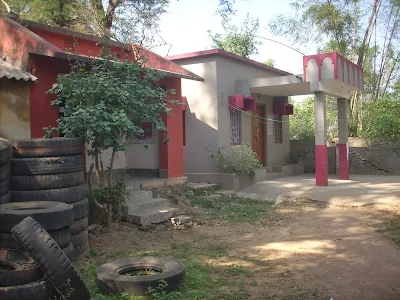Disaster Management in Phailin was remarkable in its aspect of losing minimum lives when faced with challenge of massive proportion. India evacuated more than half a million people as massive Cyclone Phailin hit eastern ghats at Odisha and Andhra Pradesh. An early warning and timely actions saved countless lives. Earlier entire nation prays for the well-being of the people of disaster struck zone. Yet never care to plan. Things started changing with 1999 Odisha cyclone. And even world bank blog has put an article on the preparation by Odisha government.
In the case of flood/tsunami/cyclone, torrential rains always play havoc and diseases are rampant due to decaying carcass. The relief center must be equipped with grains, deworming pills, Trampoline sheet, dhoti/lungi with saree, mosquito net, blanket, towel & utensil kitchen as an immediate requirements for the household affected with cyclone. My prior experience on preparation for disaster management was itself a big lesson.
I was posted in Ganjam district with Panchyati Raj Department after one month of cyclone Phailin. I observed that mangroves have lowered the full impact of cyclone in the coastal region. Even 50 km from the coast, the brick mortar schools were partially destroyed by the storms. On enquiring about the relief work at block level, I was given brief on the help provided by administration post disaster. There were 33,283 households in Bhanjanagar. They were provided with kerosene oil, jaggery and flattened rice (chuda) of two months supply. 50 kg of grains and Rs 500 were given to each household. Plastic cover roof was in demand more than anything. Ganjam was worst hit by the Phailin and the accounts were horrifying.
There is lack of access to basic resources to sustain livelihood for the community. There must be careful planning with Donor funds coming for rehabilitation. Poor countries have become fighting arena of NGOs on international aid after each disaster. And all the international aid and investment is mostly consumed by INGOs, private companies involved in the relief effort. Even missionary organization pops up for saving the soul of unbelievers post disaster with charity. When disaster strikes, who profits? This is the key question for policy level to eliminate corruption and inefficiencies. No other country in the world has more non-governmental organizations (NGOs) per capita as Haiti. Yet we all know about real face of international relief after 2010 earthquakes. (Source 1 and Source 2).




